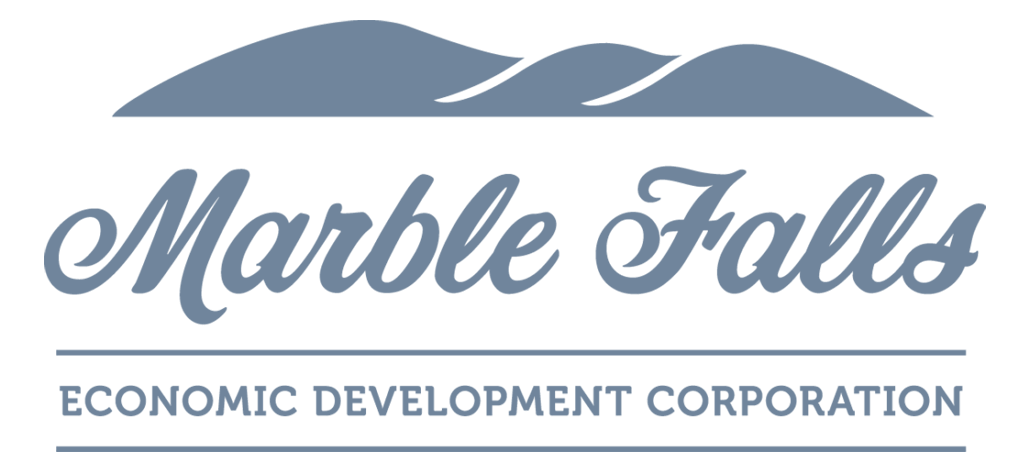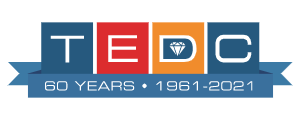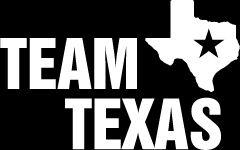This week, the EDC board voted to move forward in obtaining a proposal to create a Downtown Tax Increment Finance (TIF) area. Because the EDC itself does not have the authority to create and implement a TIF, their action would culminate in a recommendation to City Council to do so. EDC staff could, however, take a leading role in the preparation and background work—including the hiring of a consultant—and act as a catalyst in creating this important economic development tool.
For those unfamiliar with the concept, a TIF is not a new tax or a tax increase, but rather a way to earmark all or a portion of new revenues generated by development within a defined area toward public improvements within that same area. The increment available for public improvements would be the difference between the base value and the new value of improvements. As an example, if a parcel had an undeveloped value of $10,000, and a million-dollar building is built on that parcel—for a total value of $1.1M—the increment would be $1,000,000. At a 2013 City tax rate of $0.6483 per $100, this increment would generate a total of $6,483 in new property tax revenues for the City. Several improvements of this magnitude could go a long way in building new sidewalks, improving landscaping, resurfacing streets, and more—even if only a portion of the increment goes into the TIF fund.
Some may ask about the rationale for looking at a TIF for the Downtown area, as opposed to another part of town. There are several reasons, both local and legislative.
First, it’s not legal to create a TIF for the whole town: there are limits to the percentage of residential property and taxable value that can be contained within a TIF. Predominantly residential neighborhoods or high-value areas (such as the 281 corridor) would be ineligible. In addition, there needs to be a substantial amount of undeveloped or underdeveloped property in the zone in order to maximize the increment from new development.
From a local perspective, a Downtown TIF makes logical sense because of the planning that has already gone into the area. Through the Comprehensive Plan update and the Downtown Master Plan process, committees identified many projects, and a TIF provides one potential funding vehicle for some of those improvements. Finally, in looking toward the development that will occur around the Scott & White Hurd Regional Medical Center to the south, it is important that we continue to focus some energy on the heart of our community. We have some tremendous assets in the Downtown area—Historic Main Street, the Blue Bonnet Café, the new Visitor Center, and Lake Marble Falls, to name a few—but we also have some amazing opportunities to encourage investment in an area that will only enhance our community’s charm and character.
Comments, questions, concerns, or ideas are always welcome.






